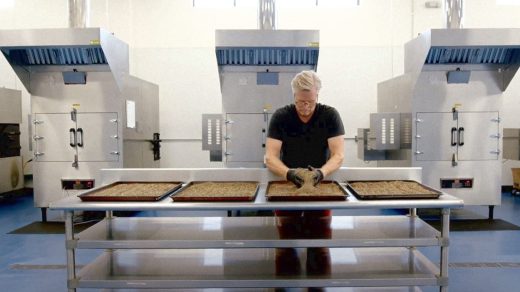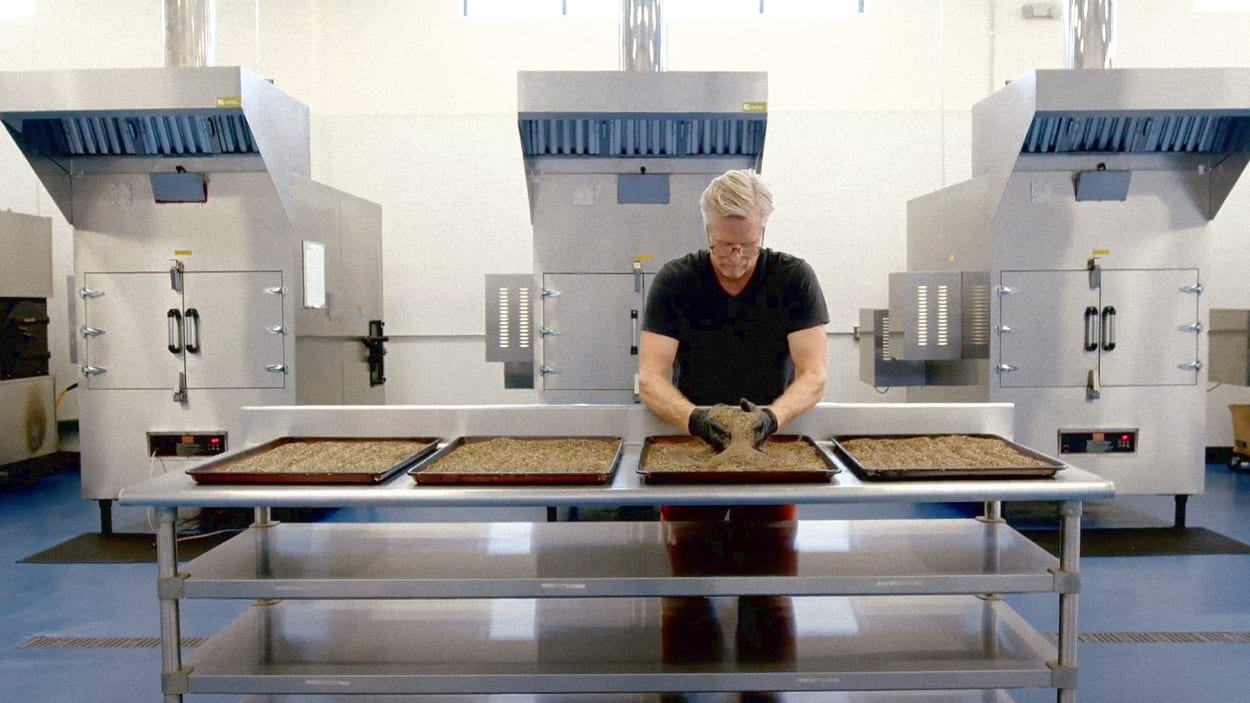Why the Kentucky Bourbon Trail now leads to soy sauce
Since it was founded nearly a quarter century ago to feature seven of the state’s iconic distilleries, the Kentucky Bourbon Trail has become a major attraction. Last year more than two million aficionados made the trek (a 370% jump over the last decade), and the tour now includes dozens of craft distillers and specialty foods.
One of the most popular Louisville destinations for people following the Trail has become Bourbon Barrel Foods, makers of microbrewed Bluegrass Soy Sauce, the first ever aged in bourbon barrels. In early September, as the last leg of a three-year renovation, founder Matt Jamie will open his new dedicated tour and tasting room: 2,400 square feet with a retail store, event staging, and a GE Monogram Kitchen Experience, the only location in the country not attached to a GE design center that is equipped with these ultra-high-end appliances (which are built right there in Louisville). In addition to offering many visitors their first ever soy sauce tasting, the space presents over 100 of Jamie’s other products from maple syrup to pepper bacon—most smoked or aged using reclaimed barrels straight from Kentucky’s finest distilleries—reinforcing his trademarked mantra, #EatYourBourbon.
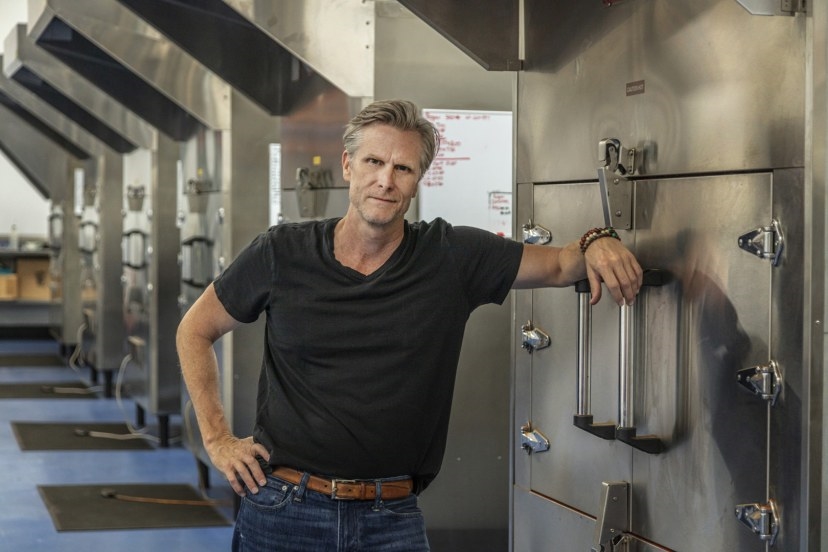
Jamie’s own personal bourbon trail began in 2006 after he’d dropped out of grad school and was working as a cook. He recognized that the artisanal food movement was growing into a groundswell and saw lots of small-batch options for beer and bread, hot sauce and olive oil. But he couldn’t find anyone focusing on soy sauce. Although one of the oldest and most widely used condiments in the world, soy sauce was an anonymous commodity product in the US at the time. Most Americans probably figured it just came in packets.
He began by sourcing non-GMO soybeans from a family farm, tending the land since the Civil War, as well as the same soft red winter wheat used by Maker’s Mark, premium bourbon makers since 1953. And he used Louisville’s limestone-filtered spring water, prized by distillers because it is mineral rich, hard water that has “body.” Despite these regional connections, Jamie was replicating Japanese tradition by fermenting and aging the brewed soy sauce in tanks made from Hinoki (cypress wood species native to Japan). His initial trial-and-error batches were good enough to know he was onto something. But he felt his soy sauce could be better. And he couldn’t stop the cypress tanks from leaking.
Through research Jamie came across a magazine article about Japanese artisan soy sauce production versus America’s generic supermarket brands by noted New York Times food writer Mark Bittman. He reached out—17 years ago, people made phone calls—and what ensued was a conversation that redirected his business.
Although they spoke about Japanese methods and tradition, Bittman gave him great insight and advice: Why not age the soy sauce in used Bourbon barrels? That will complete your story, is what Bittman told him. “He hammered it home for me,” says Jamie. “I was so set on making soy sauce exactly like the Japanese breweries, but Mark made me reevaluate—and he was right. It was the best thing I could have done.”
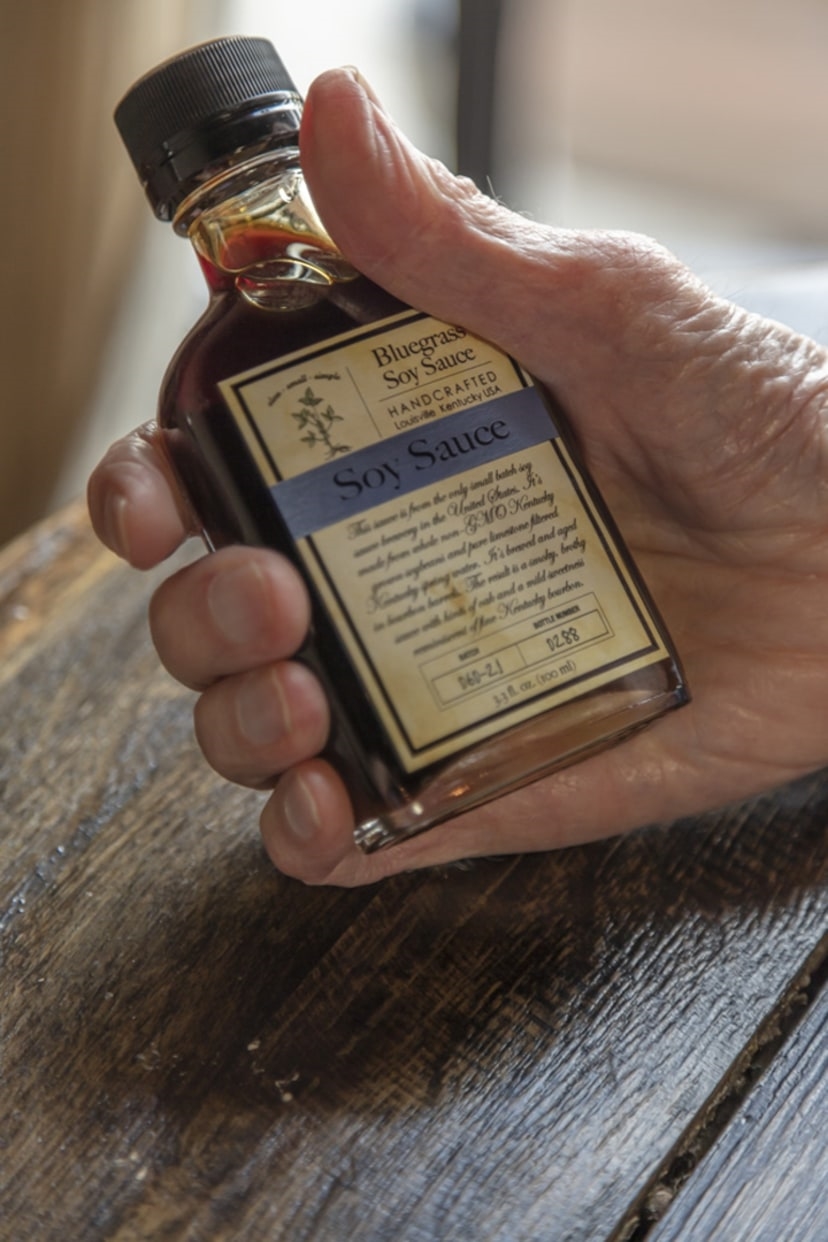
By aging his soy sauce in reclaimed bourbon barrels, Jamie combined two flavors and two heritages. Several of Japan’s famous soy sauce prefectures share a similar subtropical climate with Louisville, where temperature swings are ideal for aging bourbon. During the day, the warm air pushes liquid into the wood and at night, the cool night air draws liquid back out of the barrel with flavors in tow, and the same occurs with the soy sauce, giving it a smoky and brothy taste with hints of oak.
In addition, the bourbon barrels solved the problem of leaking cypress tanks. By legal mandate, bourbon must age in charred new oak barrels, primarily white oak for its structural properties: The higher percentage of medullary rays (caused by plant cells which extend vertically at an angle perpendicular to the tree’s vertical growth rings) create impermeable barriers that prevent liquid passing along the stave and stop the barrels from leaking.
Bourbon Barrel has grown from its original 900 square feet to 50,000, housing twenty 300-gallon steel tanks for brewing before the soy sauce is aged in the bourbon barrels (increasing production by more than 500 percent) and a smokehouse housing six smokers, each the full size of a Ford F-150 pick-up truck, with room for six more. A local builder constructed a custom press constructed for the soybean mash, which Jamie dubbed Kenzilla, after his father Ken, who’s work alongside him in production from day one.
In the 17 years since he launched, Jamie has managed to pull off one of the trickiest aspects of artisanal foods: vastly scaling his bestseller Bluegrass Soy Sauce without losing its identity and flavor profile, and without outsourcing production. “We didn’t change our process, only the size of the equipment and the size of our plant, with two minor logistical modifications.”
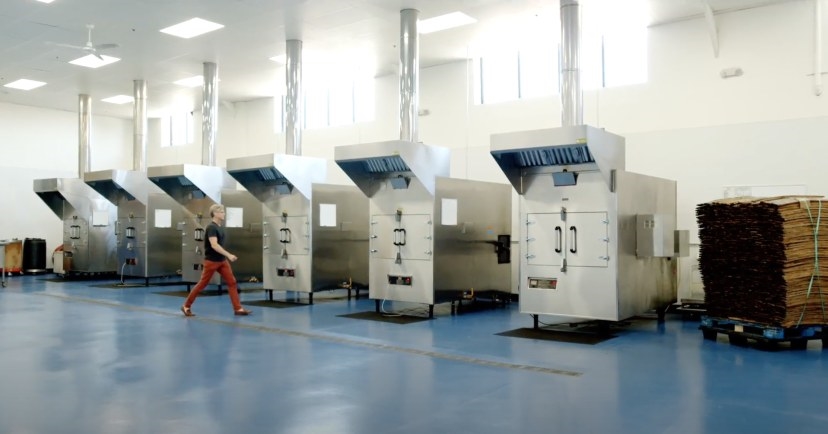
The first is the label on the soy sauce bottle. “I’m pretty sure that we were the first soy sauce company to identify batch and bottle number on the label—something I saw in the bourbon industry and wanted to incorporate into our design,” says Jamie. The job fell to his father, who would unroll the labels, letter them by hand, and roll them back up to go on the labeler. But as Ken got older and production bigger, this became harder to do by hand. “Today our labels are printed using a custom font replicating my dad’s penmanship: It’s called “Big Ken.”
The second modification was the price of the used bourbon barrels, which were free when Jamie started—that’s free as in no dollars. Now highly in demand as other makers have come to appreciate their distinctive look and flavor value, Jamie pays 150.00 each, a bump he prepared for with a built-in product margin to absorb the inevitable increase as well as a resale program: After using each barrel once time to age one soy sauce batch, about 6 to 8 weeks, he offsets his investment through reselling, mostly to furniture makers and brewers, typically at his full purchase price.
Today 95% of the world’s bourbon barrel supply originates in Kentucky, where more than 11 million barrels are aging, a $9 billion industry creating more than 22,500 jobs with an annual payroll topping $1.23 billion. “We show people what is possible for the second life of a bourbon barrel,” Jamie says.
Francine Maroukian, a two-time James Beard Award winner, is a food and travel writer who also works as an operative researcher for C-suite executives in big retail.
(11)

